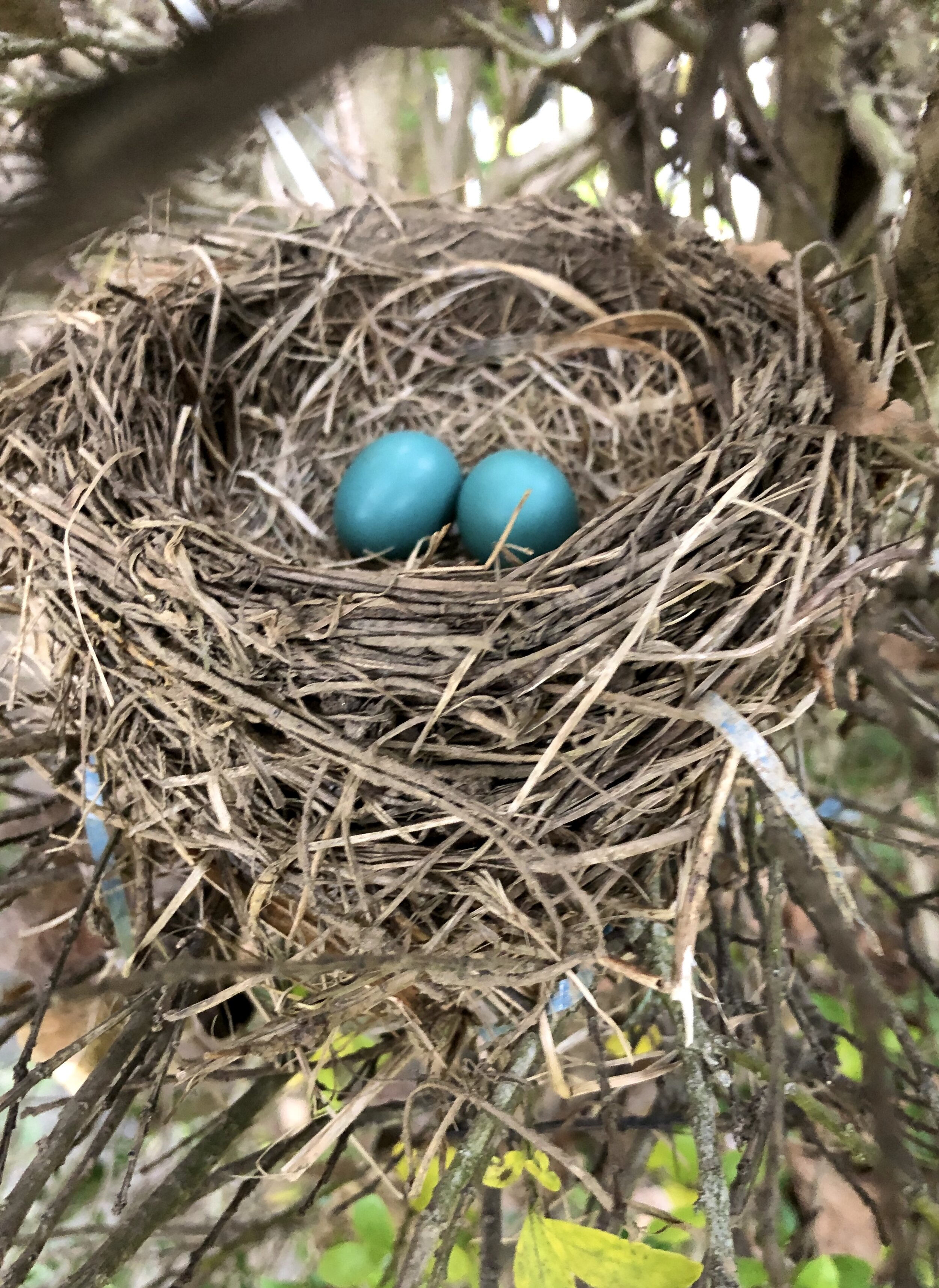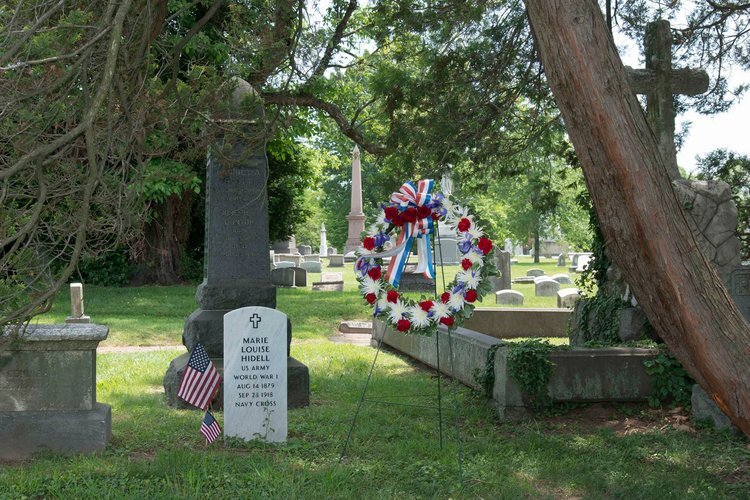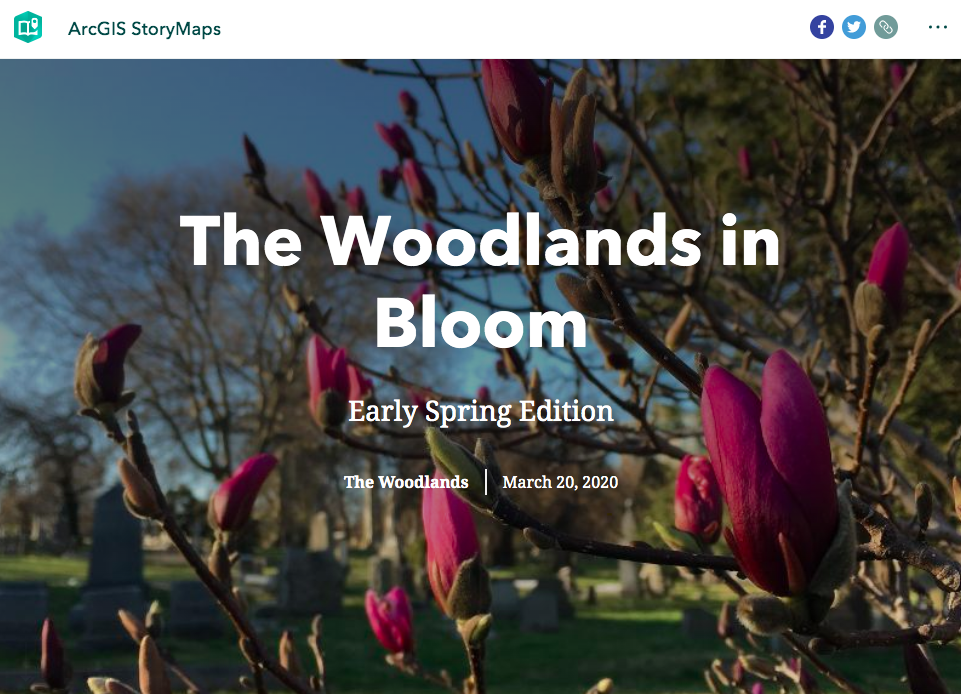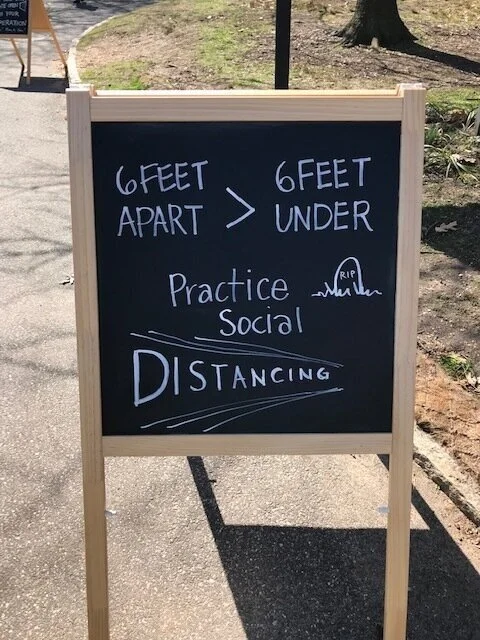It's Toribird here, and I am excited to say that on June 14th, I surveyed The Woodlands for my part of the Philadelphia Breeding Bird Census! The census is pretty much what it sounds like - birders visit all sorts of places in Philadelphia County, and look for evidence of birds breeding. It takes place every four years, the last one was in 2016. I have wanted to get a better understanding of the kind of breeding bird activity that we have at The Woodlands for a while now, so this was a great way to get to learn a bit more about that.
You can see how the American Robin who built this nest used mud and ribbon as well as straw and twigs. Photo taken by Toribird.
Though the mention of breeding evidence may bring to mind searching for nests, there are a myriad of additional things that also show that birds are raising families. These other clues are often quite useful, since birds usually hide their nests quite well to make it harder for predators - and in turn birders - to find them. An example of something good to look for is a bird carrying food, which is confirming proof that the carrier is busy catering to a nest full of hungry young. It is also good to pay attention to birds with nesting material, which could be branches, fibers, mud, or any number of other things depending on the species. Also, there are many courtship rituals that birds must go through before they reach the point of having offspring. Singing is a way for birds to both defend territories and attract potential mates, as is, often, some sort of display, which can take many forms. So, these are also important and interesting behaviors to keep an eye out for.
I enjoyed doing my census of The Woodlands. I started at 7am, near the huge Evans obelisk. To cover as much area as possible, I walked in a spiraling fashion, starting by walking along the perimeter, working my way inward to eventually end at Center Circle. I found confirmed breeding evidence for nine species, though since the time for spring migration has passed, we can assume all of the 26 species I came across are attempting to nest in the area. I was surprised that I didn't see certain species such as orioles and kingbirds, and I saw only one flicker; all these birds usually seem to be much more abundant. I also feel as though I had more of the invasive starlings and House Sparrows than normal; I wonder what caused these differences.
A young Brown-headed Cowbird getting fed by their foster parent Chipping Sparrow. Yes, the baby cowbird is the bigger one! Photo taken at The Woodlands by Toribird.
There were several highlights throughout the day, and my favorite is probably the very cute and fuzzy Downy Woodpecker baby which was getting fed by its dad. It was also neat to see a young Brown-headed Cowbird attended by a parent Chipping Sparrow. Cowbirds are rather infamous brood parasites that leave their eggs in other species nests, and so it was a nice chance to see this "textbook" bird behavior.
Of course, the recap of the trip would not be complete without highlighting our Cooper's Hawk nest, which is high in an oak tree on the VA Hospital side of The Woodlands. I always enjoy checking in on that family! I took a look at them on June 4th, and when I returned on the 14th it was incredible to see how much the babies had changed! On the 4th, they were little more than a nestful of white fuzzballs, and lacked any longer feathers, but just ten days later they were much larger and already sporting flight feathers in the wings and the brown striping on the chest that is distinctive of young Coopers. The hawks will soon be fledging, and so I encourage you to visit them and watch as they explore the world beyond their nest for the first time in their life!
Below is a video I took of a parent feeding the little guys.
Though summer lacks the wonderful diversity of migration, it is arguably the most important season in a bird's life, since it is now that birds reproduce, and without the new generations, the species would not survive. It is also fascinating to watch the displays, fights, and, of course, lovely songs that are a key part of birds' courtship. So, I hope you get a chance to get outside and take in the wonderful intricacies of the avian summer!
Written by:
Toribird
















